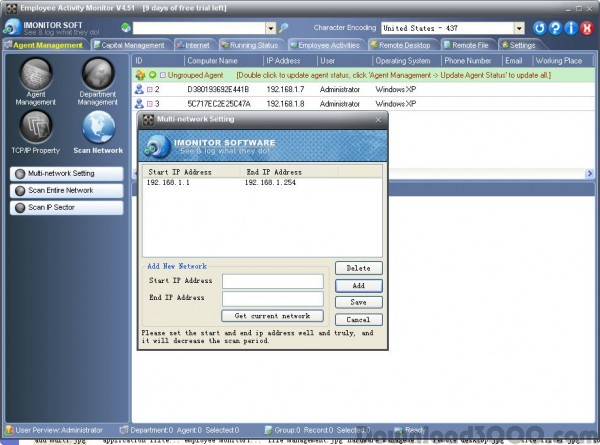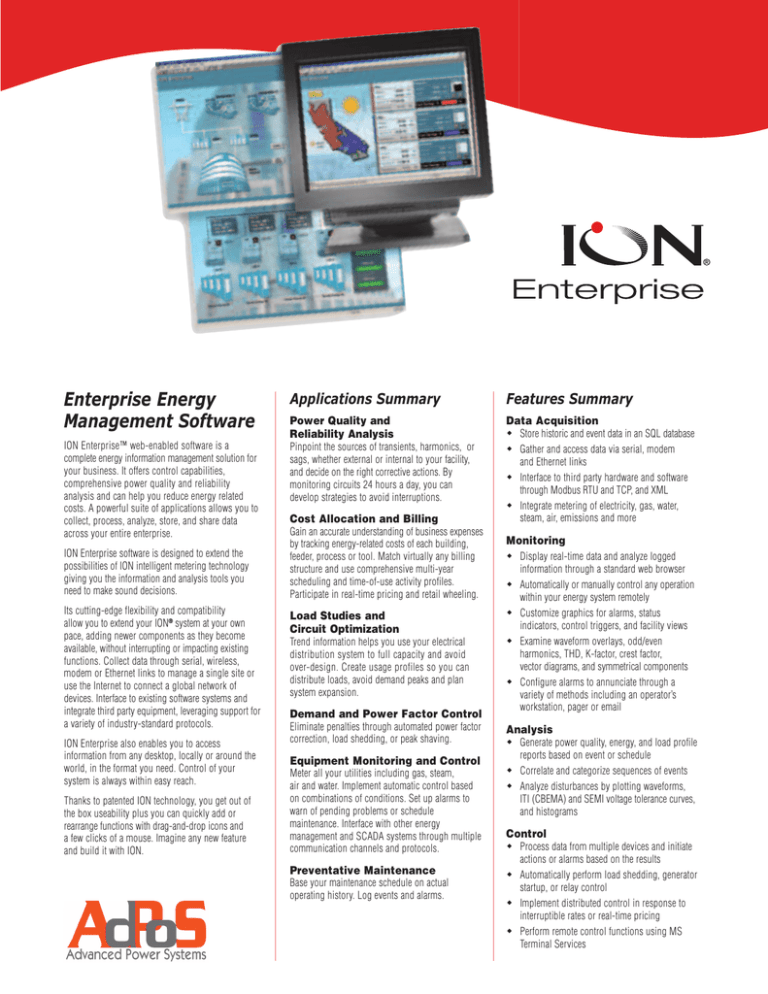
The storage will depend on the types of applications you’re logging some applications produce highly verbose logs by default, which will take up space. You need to consider the duration (or log retention period) for which you’ll store different types of logs in this centralized repository.
PC MONITORING SOFTWARE WITH LOGGING AND ALARMS MANUAL
Traditional manual methods of using SSH to connect to servers, search, and analyze individual log files have become impractical as infrastructure complexity has risen. This means teams have to keep track of logs from multiple hosts and services.


Most applications are now hosted in hybrid environments. To avoid complexity, you should consider using a standard structured format like JavaScript Object Notation (JSON) across your IT environment. Because there’s a wide range of logs, they often vary in format. Logs provide administrators with an audit trail to find the root cause of problems and troubleshoot errors. For example, an event log from a web server can contain information like a user’s IP address, date, time, request type, and more. Logging Concepts: A Brief Introduction What Are Logs?Īll applications, networking devices, workstations, and servers create logs-or records of events-which are written to files on local disks by default. We’ll briefly define common logging concepts, explain what log monitoring is, explore best practices for log management and analysis, and list the top log monitoring tools currently on the market. In this article, we’ll discuss how you can make the most of your logs to keep your infrastructure and applications shipshape. This is where real-time log monitoring and analysis come in.

However, this transition is far from over the tools and technologies for application delivery via containers, microservices, serverless, and other cloud-native technologies are still going through a refinement phase.Īmidst this change, it’s important for IT teams to continue having complete visibility of every component related to their applications and the underlying infrastructure. From small startups to established enterprises, everyone has gradually shifted their systems, data, and applications to the cloud. In the last decade, IT infrastructure has evolved significantly.


 0 kommentar(er)
0 kommentar(er)
